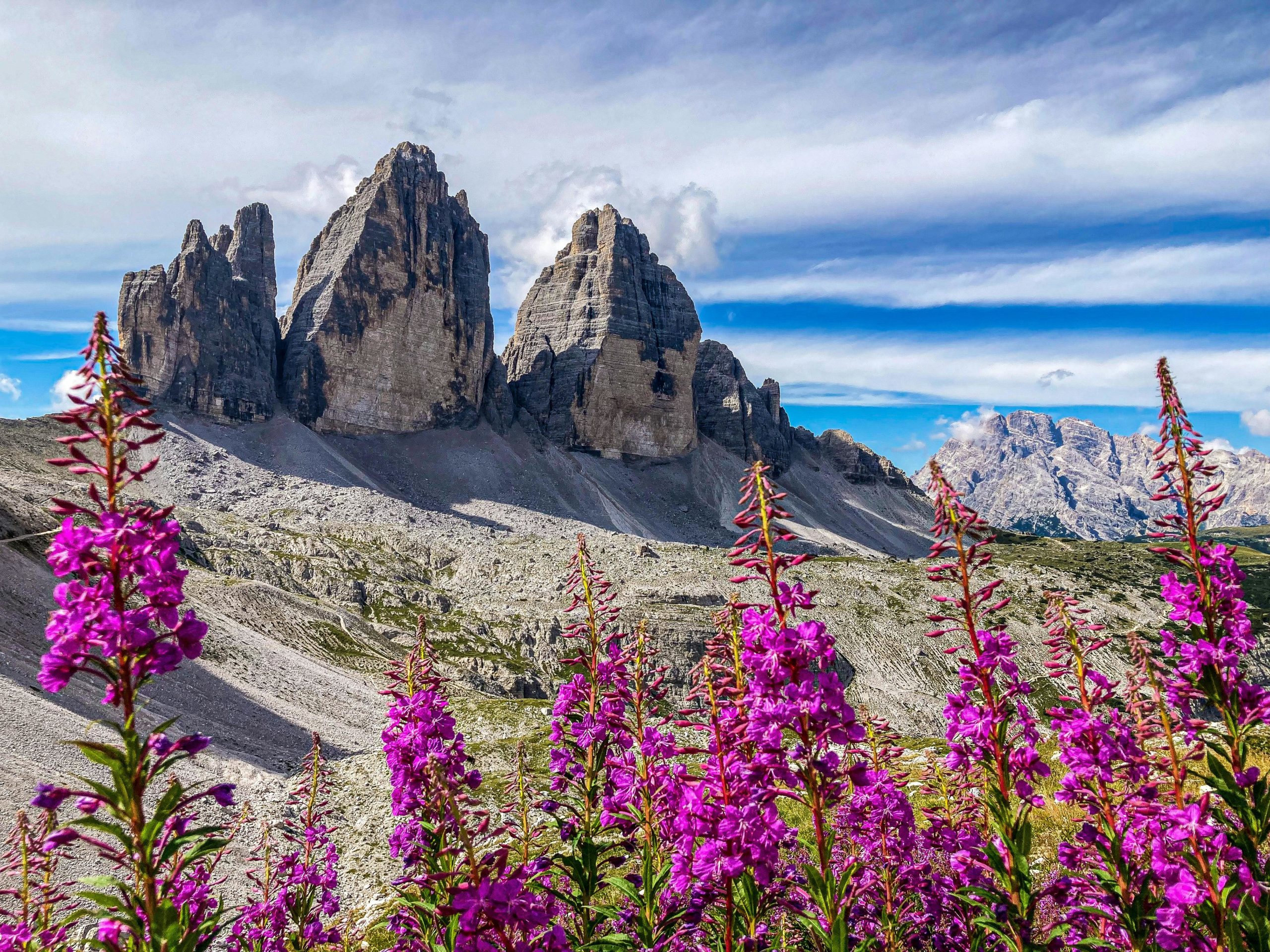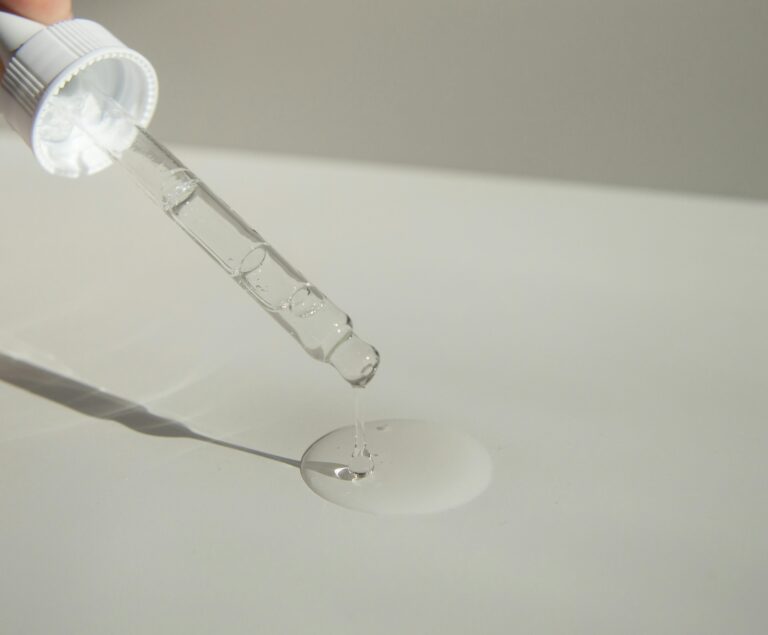In an age of heightened environmental awareness, the beauty industry is undergoing a profound transformation, as consumers and brands alike recognize the interconnectedness between beauty and environmental conservation.
From sustainable packaging to ethically sourced ingredients, the beauty industry is increasingly embracing eco-friendly practices to minimize its environmental footprint and promote conservation efforts.
In this article, we’ll delve into the intricate relationship between beauty and environmental conservation, exploring the ways in which sustainable beauty practices, conscious consumer choices, and innovative technologies are shaping the future of the industry.
The Role of Sustainable Beauty Practices
Sustainable beauty practices encompass a wide range of initiatives aimed at reducing the environmental impact of the beauty industry. From sourcing ingredients responsibly to minimizing packaging waste, brands are finding innovative ways to prioritize sustainability throughout the entire product lifecycle.
Sourcing Ethical and Eco-Friendly Ingredients: One of the key components of sustainable beauty practices is sourcing ingredients ethically and responsibly. This includes using organic, cruelty-free, and sustainably harvested ingredients whenever possible, as well as supporting fair trade initiatives to ensure that workers are treated fairly and paid a living wage.
Reducing Packaging Waste: Packaging waste is a significant issue in the beauty industry, with millions of tons of plastic ending up in landfills and oceans each year. To address this problem, many brands are exploring alternative packaging materials such as biodegradable plastics, recycled paper, and refillable containers. Additionally, some brands are implementing packaging-free initiatives, encouraging consumers to opt for products that don’t require packaging at all.
The Rise of Eco-Friendly Ingredients
As consumers become more conscious of the environmental impact of their beauty choices, there has been a growing demand for products made with eco-friendly ingredients. These ingredients are derived from renewable sources and produced using sustainable farming practices, minimizing harm to the environment while still delivering effective results.
Plant-Based Ingredients: Plant-based ingredients are a cornerstone of eco-friendly beauty products, as they are renewable, biodegradable, and often more gentle on the skin than synthetic alternatives. Ingredients like coconut oil, shea butter, and botanical extracts are prized for their nourishing and hydrating properties, making them popular choices for natural skincare and haircare products.
Upcycled and Repurposed Ingredients: Another trend in eco-friendly beauty is the use of upcycled and repurposed ingredients, which divert waste from landfills and give new life to discarded materials. Ingredients like coffee grounds, fruit peels, and leftover plant materials can be repurposed into skincare exfoliants, hair treatments, and more, reducing waste and promoting sustainability.
The Power of Conscious Consumer Choices
In addition to the efforts of beauty brands, consumers also play a crucial role in driving positive change and promoting environmental conservation in the beauty industry. By making conscious choices about the products they purchase and the companies they support, consumers have the power to influence industry practices and encourage brands to prioritize sustainability.
Choosing Sustainable Brands: One way consumers can support environmental conservation in the beauty industry is by choosing to purchase products from brands that prioritize sustainability and ethical practices. Look for brands that use eco-friendly ingredients, minimize packaging waste, and support conservation initiatives.
Educating Themselves: Another way consumers can make a difference is by educating themselves about the environmental impact of the beauty industry and the importance of sustainability. By staying informed and asking questions about how products are made and sourced, consumers can make more informed choices and support brands that align with their values.
Conclusion
The connection between beauty and environmental conservation is undeniable, as the beauty industry grapples with the challenges of climate change, pollution, and habitat destruction. However, through sustainable beauty practices, eco-friendly ingredients, and conscious consumer choices, the industry has the power to drive positive change and promote environmental conservation on a global scale.
FAQs
Q1: What are some examples of sustainable beauty practices?
Sustainable beauty practices include sourcing ingredients ethically, minimizing packaging waste, using renewable energy in production facilities, and supporting conservation initiatives.
Q2: How can I tell if a beauty product is eco-friendly?
Look for products that are labeled as organic, cruelty-free, and vegan, and check the ingredient list for plant-based and biodegradable ingredients. Additionally, research the brand’s sustainability initiatives and certifications to ensure they prioritize environmental conservation.
Q3: Are eco-friendly beauty products as effective as traditional products?
Yes, eco-friendly beauty products can be just as effective as traditional products, if not more so. Many natural ingredients have been shown to deliver excellent results without the use of harsh chemicals or synthetic additives.
Q4: What can I do to reduce the environmental impact of my beauty routine?
You can reduce your environmental impact by choosing products with minimal packaging, opting for refillable containers, and recycling or upcycling empty product containers. Additionally, consider using multi-purpose products to minimize waste and support brands that prioritize sustainability.
Q5: How can I support environmental conservation efforts in the beauty industry?
You can support environmental conservation efforts in the beauty industry by purchasing products from brands that prioritize sustainability, advocating for stronger regulations on plastic packaging and waste, and supporting organizations and initiatives that work to protect natural habitats and endangered species.



